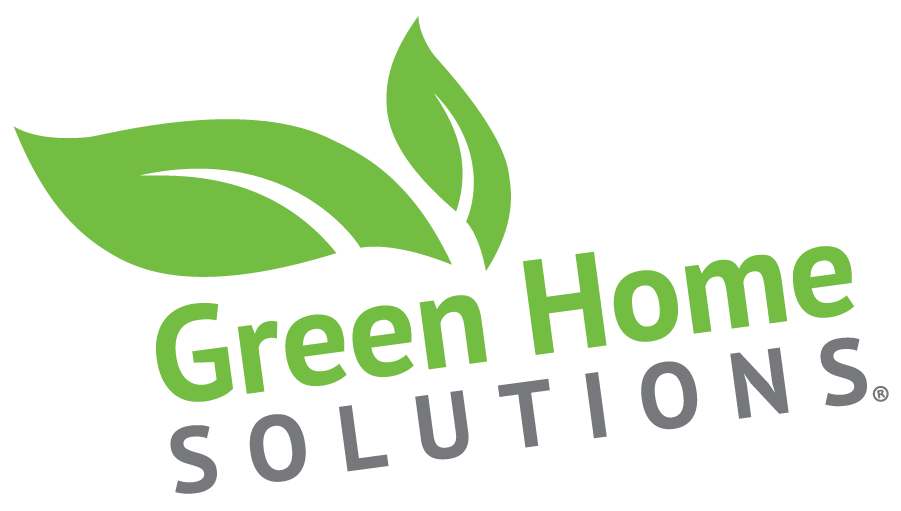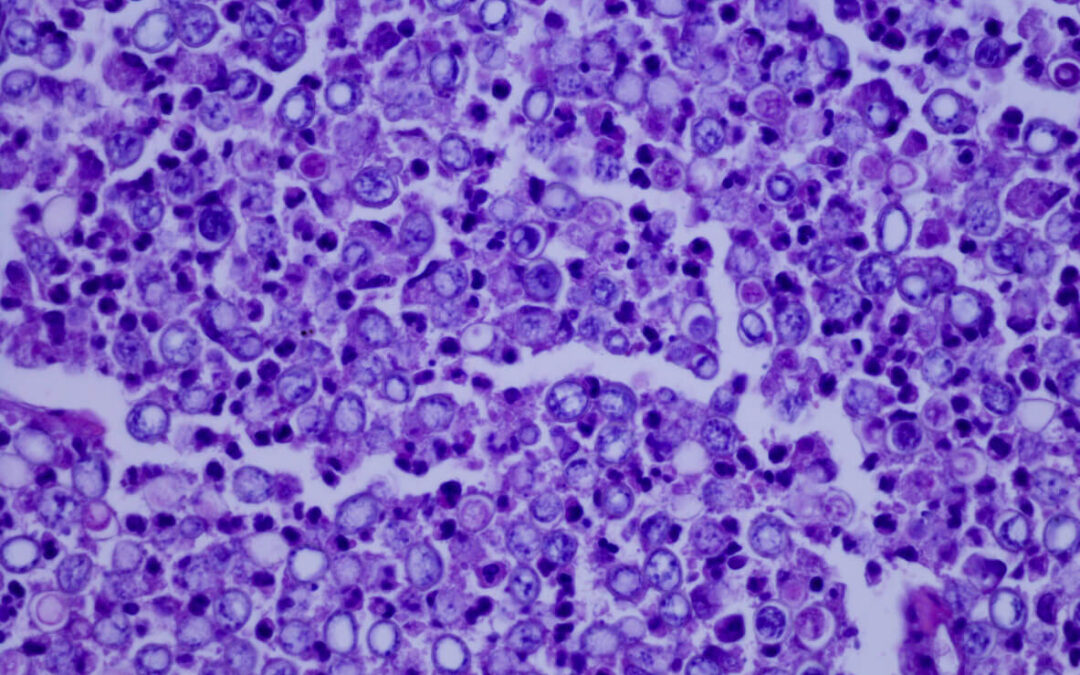If your home has recently been affected by flooding, there’s a lot to think about—cleanup, repairs, and safety. But one health risk that often goes overlooked is blastomycosis, a serious fungal infection that can develop when certain environmental conditions change—like after a flood. There are reports that it’s been cropping up in Northern Vermont.
What Is Blastomycosis?
Blastomycosis is caused by a fungus called Blastomyces, which lives in moist soil and decomposing organic material such as wood and leaves. Flooding creates the perfect damp, muddy conditions for this fungus to thrive. As the floodwaters recede and cleanup begins, activities like tearing out drywall, pulling up flooring, or disturbing wet soil can release fungal spores into the air.
When inhaled, these spores can infect your lungs and potentially spread to other parts of the body if left untreated.
Why Flood Damage Increases the Risk
After flooding, homes and yards may be full of wet debris and soil that hasn’t fully dried out. Moisture trapped behind walls, under floors, or in crawl spaces can support fungal growth. If you’re cleaning up without protective gear, especially in basements or areas with poor ventilation, you could unknowingly breathe in harmful spores.
Symptoms to Watch For
Blastomycosis can look a lot like pneumonia or the flu. If you’ve had flood damage and notice any of the following symptoms in the weeks after cleanup, it’s important to talk to a doctor:
- Persistent cough
- Fever and chills
- Chest pain or difficulty breathing
- Fatigue
- Muscle or joint pain
- Skin sores or lesions
These symptoms might not appear right away, and some people—especially those with weakened immune systems—can develop severe complications.
Prevention Tips During Flood Cleanup
- Wear a mask: Use an N95 respirator when cleaning damp or moldy areas.
- Ventilate workspaces: Keep windows open or use fans to reduce indoor humidity.
- Avoid disturbing soil unnecessarily around your home, especially if it’s still damp.
- Remove and dry out wet materials as soon as possible.
- Use protective clothing like gloves and goggles to reduce contact with contaminated surfaces.
Final Thoughts
Recovering from a flood is already challenging. Don’t let a hidden health hazard like blastomycosis add to the burden. By understanding the risks and taking preventive steps during cleanup, you can protect yourself and your family from this potentially serious infection.

